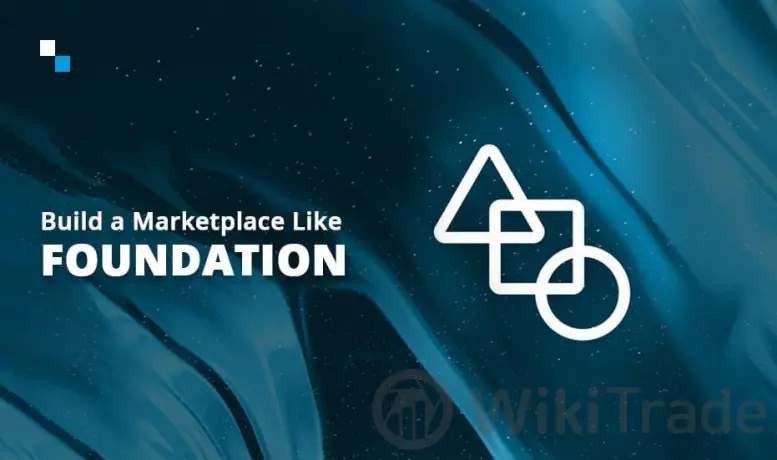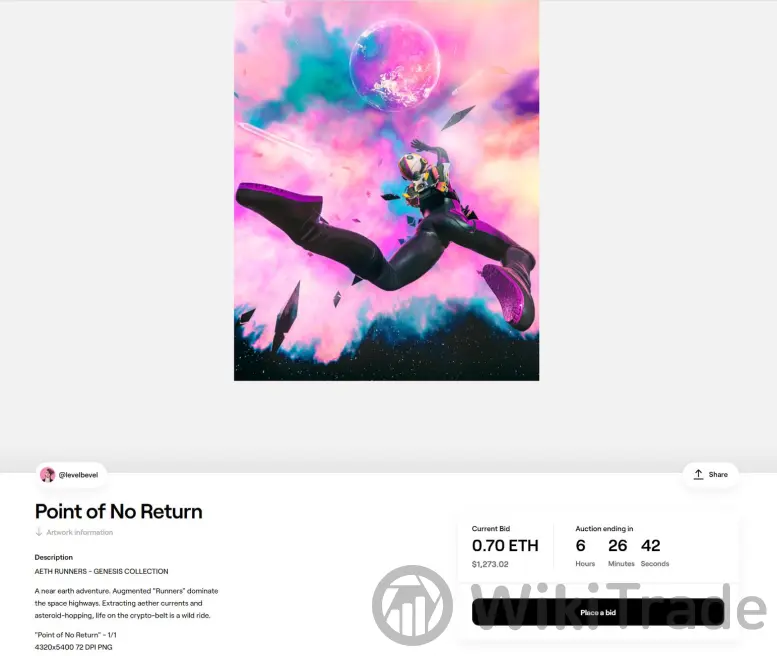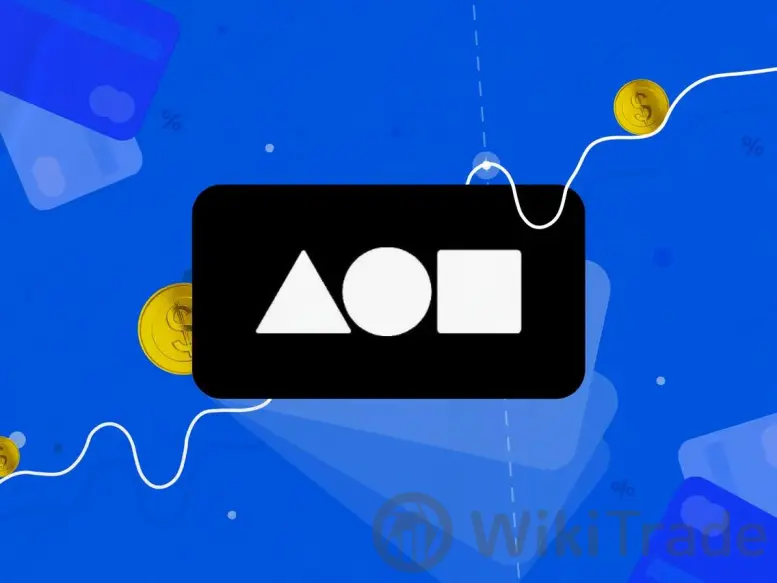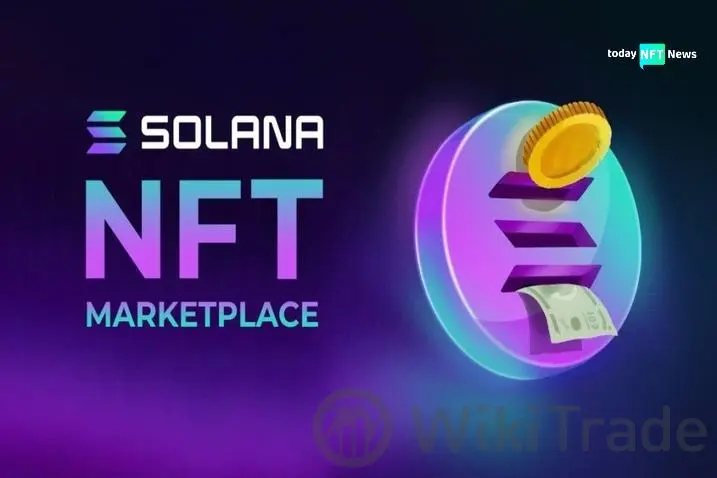Foundation NFT marketplace
Abstract: Foundation, an NFT marketplace based in the US, has been active since 2020 and is known for featuring NFTs from well-known creators such as Chris *, Pak, Kevin Roose, pplpleasr, and Jack Butcher.
What is an NFT Marketplace?
An NFT (Non-Fungible Token) Marketplace is a platform for buying, selling, and trading unique digital assets stored on a blockchain. NFTs represent items like art, collectibles, and other unique features and are sold as whole units, unlike divisible cryptocurrencies.

Key Features of NFT Marketplaces
Minting Tools: Platforms offer interfaces for creators to mint NFTs, set metadata, and choose blockchain networks.
Discoverability: Marketplaces provide search filters, categories, and curated collections to help users find NFTs of interest.
Buying and Selling: Transactions are conducted securely using cryptocurrency and smart contracts.
Auctions and Bidding: Many platforms support auctions, allowing dynamic bidding on NFTs.
Community and Engagement: Features like comments and social media integration foster community interaction.

Foundation Focus
Foundation specializes in exclusive digital art and operates on the Ethereum network, requiring a connected wallet like MetaMask for use.

Foundation Fees
Foundation charges a 15% service fee on NFT sales, which is on the higher end compared to other marketplaces but competitive with physical art galleries. This fee excludes Ethereum gas fees required for transactions.

Foundation Payment Methods
Unlike some marketplaces, Foundation does not accept credit/debit cards or PayPal. Users must hold ETH to interact with the platform.
OpenSea vs. Foundation
Fees: OpenSea takes 2.5% of transactions, with creators able to set royalties up to 10%. Foundation takes 5% of sales and offers a 10% royalty on resales.
Type of NFTs: OpenSea offers a broader range, including domain names and virtual worlds, which Foundation does not support.
Wallet Support: OpenSea supports a variety of wallets, while Foundation is limited to a few, including MetaMask and Coinbase Wallet.
Payment Methods: OpenSea accepts multiple cryptocurrencies, whereas Foundation is restricted to Ethereum (ETH).
Security
Both OpenSea and Foundation use blockchain technology to ensure security and transparency. However, OpenSea has faced issues with stolen and plagiarized NFTs, leading to the implementation of features to hide suspicious transfers.
Conclusion
Foundation is a niche marketplace for exclusive digital art, with higher fees but a focus on quality over quantity. OpenSea, with its broader range and lower fees, caters to a wider audience and is more accessible for new NFT enthusiasts.




Top News
 WikiTrade
WikiTrade WikiTrade
WikiTrade WikiTrade
WikiTrade WikiTrade
WikiTrade WikiTrade
WikiTrade WikiTrade
WikiTrade WikiTrade
WikiTrade WikiTrade
WikiTrade WikiTrade
WikiTrade WikiTrade
WikiTrade


